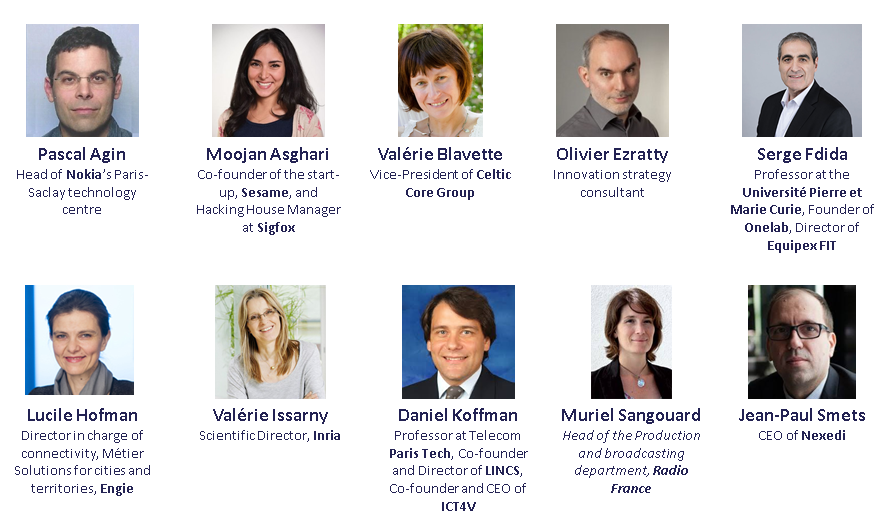In September 2018 Arcep began a new cycle of inquiry to anticipate how networks are likely to evolve over the next five to ten years. What shape might they take? What impact will they have on Arcep's job as regulator? The goal for Arcep is to prepare for upcoming challenges in regulating communications network, and to steer its actions accordingly.
To help conduct this new forward-looking exercise, Arcep surrounded itself with a Scientific Committee of 10 leading figures: academics, entrepreneurs and industry veterans covering a wide range of expertise. The Committee meet on 17 June of this year to discuss three briefs. The briefs on “Connectivity issues and challenges” and “Dynamic spectrum management” were published this summer.
Publication of a new document on future networks
Today we are publishing the third brief, which was discussed at that meeting, and which required an extended period of discussion:
Digital technology’s carbon footprint has become a topic of public discussion. The forward-looking framework of the “Future networks” initiative provided Arcep with an opportunity to initiate an process of reflection, to assess the various effects that network developments and changes in how they are used might have on digital tech’s carbon footprint. To this end, Arcep spoke with experts from civil society, industry stakeholders and public sector players. Are technological developments enough to absorb the ongoing increase in traffic and new uses? Which technologies will be the most efficient? What levers can be employed to reduce digital technology’s GHG emissions? Arcep’s brief seeks to provide some initial responses.
As with the previous briefs, this work serves as progress reports on the inquiry to date, and thus does not reflect the Committee members’ or Arcep’s position.
Call for contributions to help further this work
Arcep is inviting all interested parties to contribute to this reflection process by sending their feedback on these to documents to “reseaux-du-futur[a]arcep.fr”, which will help the Authority to further deepen its analysis. A final version of these documents will be published afterwards.
Additional briefs will come to flesh out this work later in the year.
Associated documents:
Five briefs in all have been published as part of the reflection process on future networks:
- Future networks – Digital tech’s carbon footprint (July 2019) - in French
- Future networks – Dynamic spectrum management (July 2019)
- Future networks – Connectivity issues and challenges: the smart regions example (July 2019)
- Future networks – Agile architectures: Network virtualisation (July 2019)
- Future networks – Connected cars (February 2019)

